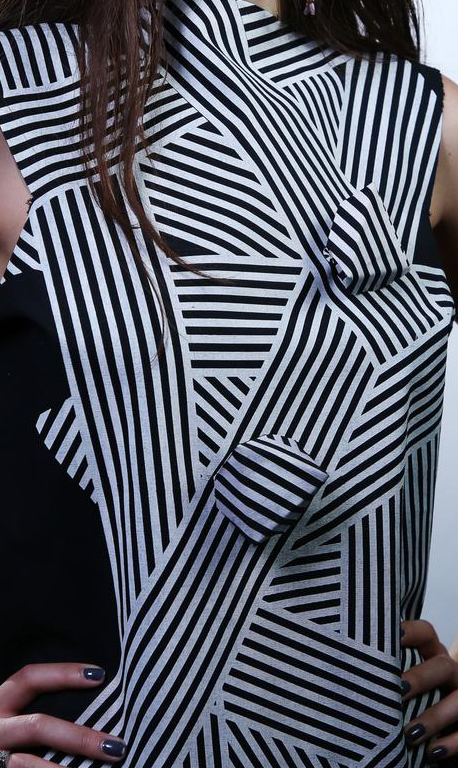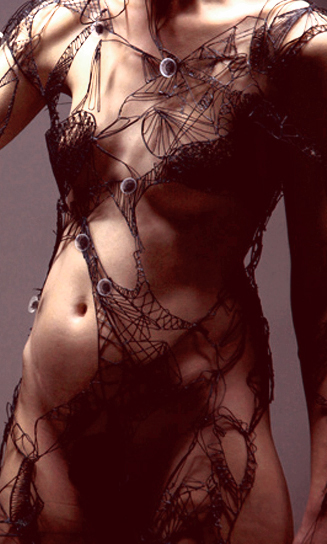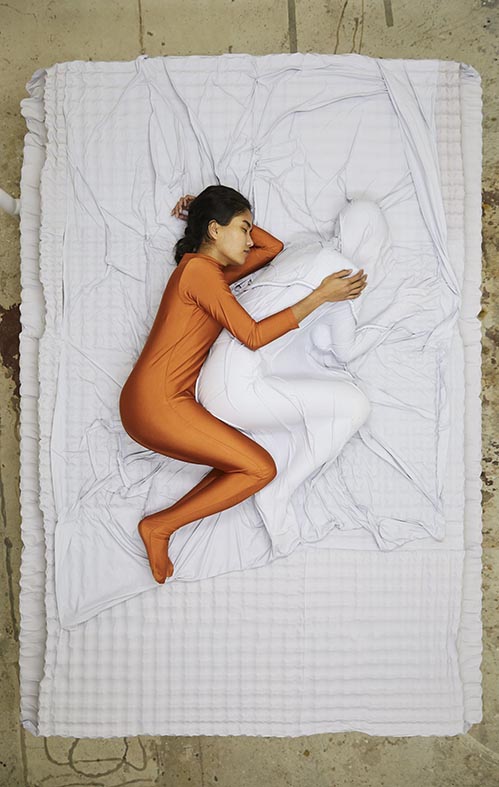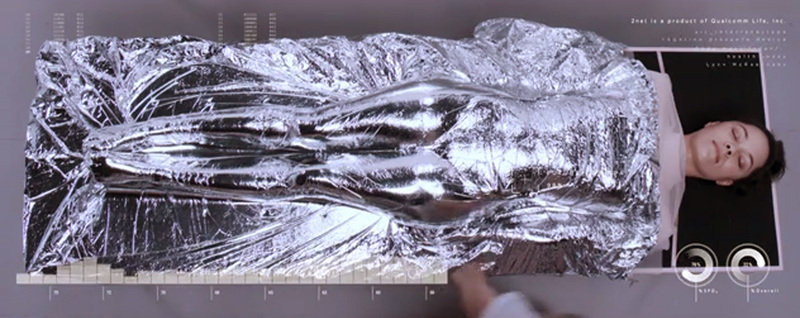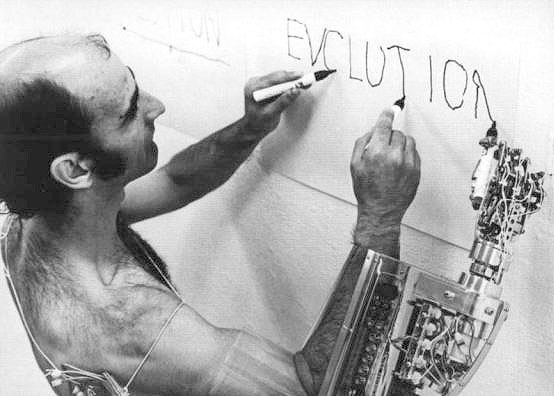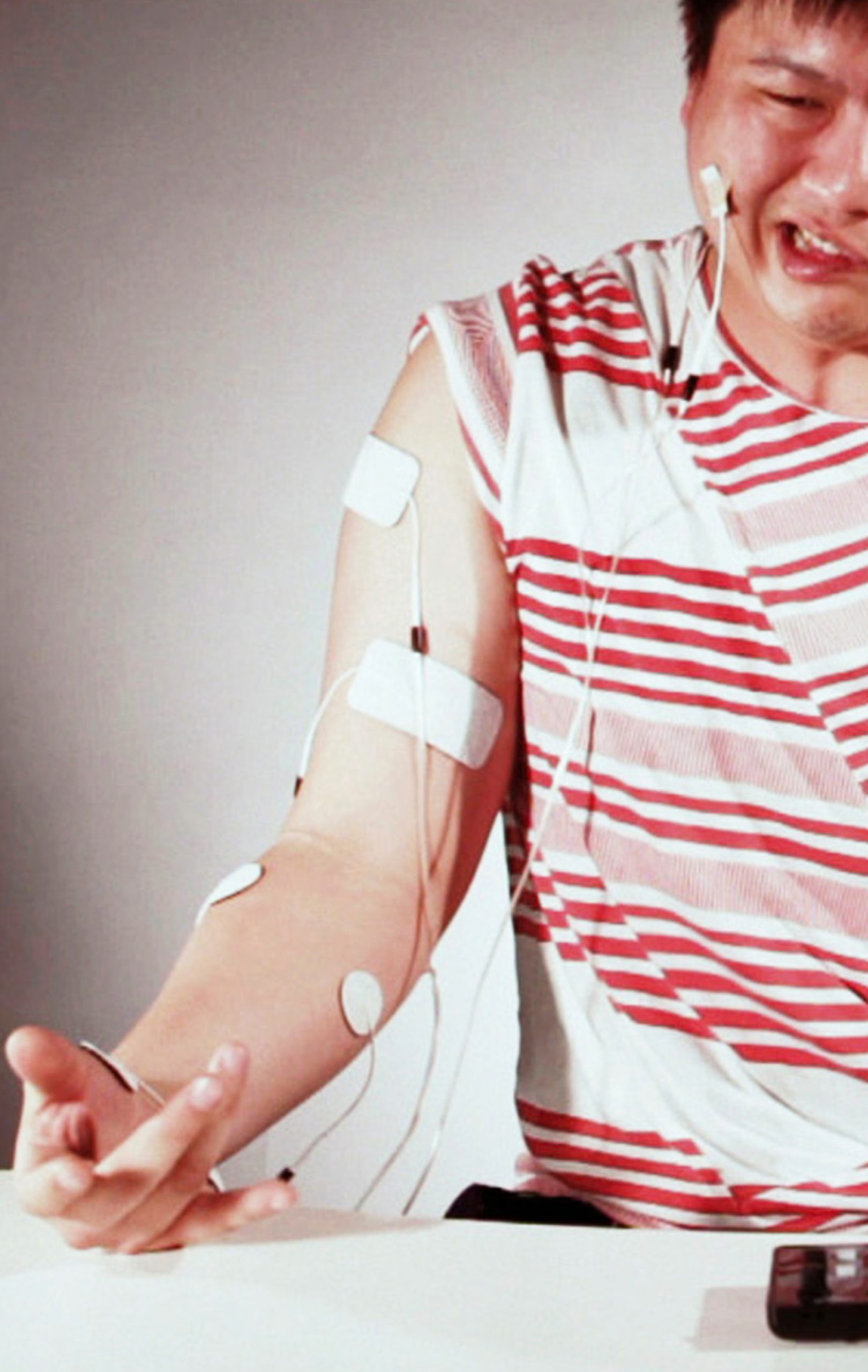
KA FAI CHOY
المقاييس التزامنية
بدلاً من اتباع عملية التصميم الأكثر تقليدية التي تتميز بمنتج نهائي ملموس ، فإن عمل Choy Ka Fai (المعروف أيضًا باسم Ka5) هو جزء من مجال متزايد من ممارسة التصميم التخميني ، وهو استقصاء مثير للإمكانيات المستقبلية. بدأت سلسلته ، Prospectus for a Future Body ، عندما كان طالبًا في الكلية الملكية للفنون بلندن في عام 2011. طور Ka5 عددًا من العروض والعروض التوضيحية التي تستكشف إمكانات التكنولوجيا للتذكر ، وإعادة الإنشاء ، وحركة “التخزين”. عند ترجمة تلك “الذكريات” إلى الجسد عبر نبضات كهربائية سلكية ، تعيد Ka5 تعريف العلاقات التقليدية بين مصمم الرقصات والراقصة والجمهور في هذه العملية. قام بتقسيم تحقيقه إلى عدة مجالات: إنشاء “مكتبة للحركات” تم تصميمها وتشغيلها رقميًا ؛ فحص ذاكرة العضلات والبرمجة ؛ وتحليل إمكانيات تصميم الرقصات ورسم خرائط الحركة عند التحكم رقميًا بواسطة قوى خارجية للجسم.


